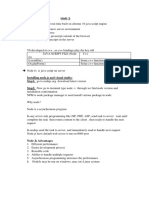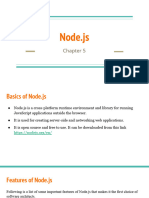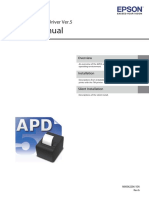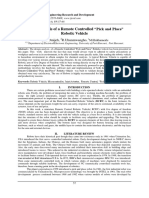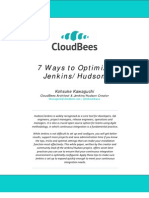0% found this document useful (0 votes)
16 views9 pagesUNIT III - Node - Js & Express - Js - Well-Structured N
Node.js is an open-source JavaScript runtime that enables server-side programming, designed for building scalable applications. Express.js is a minimal framework for Node.js that simplifies the development of web applications and APIs through routing, middleware, and template rendering. The document covers key features, advantages, process models, modules, and best practices for using Node.js and Express.js effectively.
Uploaded by
Raavan Maharajj VinaykumarCopyright
© © All Rights Reserved
We take content rights seriously. If you suspect this is your content, claim it here.
Available Formats
Download as PDF, TXT or read online on Scribd
0% found this document useful (0 votes)
16 views9 pagesUNIT III - Node - Js & Express - Js - Well-Structured N
Node.js is an open-source JavaScript runtime that enables server-side programming, designed for building scalable applications. Express.js is a minimal framework for Node.js that simplifies the development of web applications and APIs through routing, middleware, and template rendering. The document covers key features, advantages, process models, modules, and best practices for using Node.js and Express.js effectively.
Uploaded by
Raavan Maharajj VinaykumarCopyright
© © All Rights Reserved
We take content rights seriously. If you suspect this is your content, claim it here.
Available Formats
Download as PDF, TXT or read online on Scribd
/ 9














